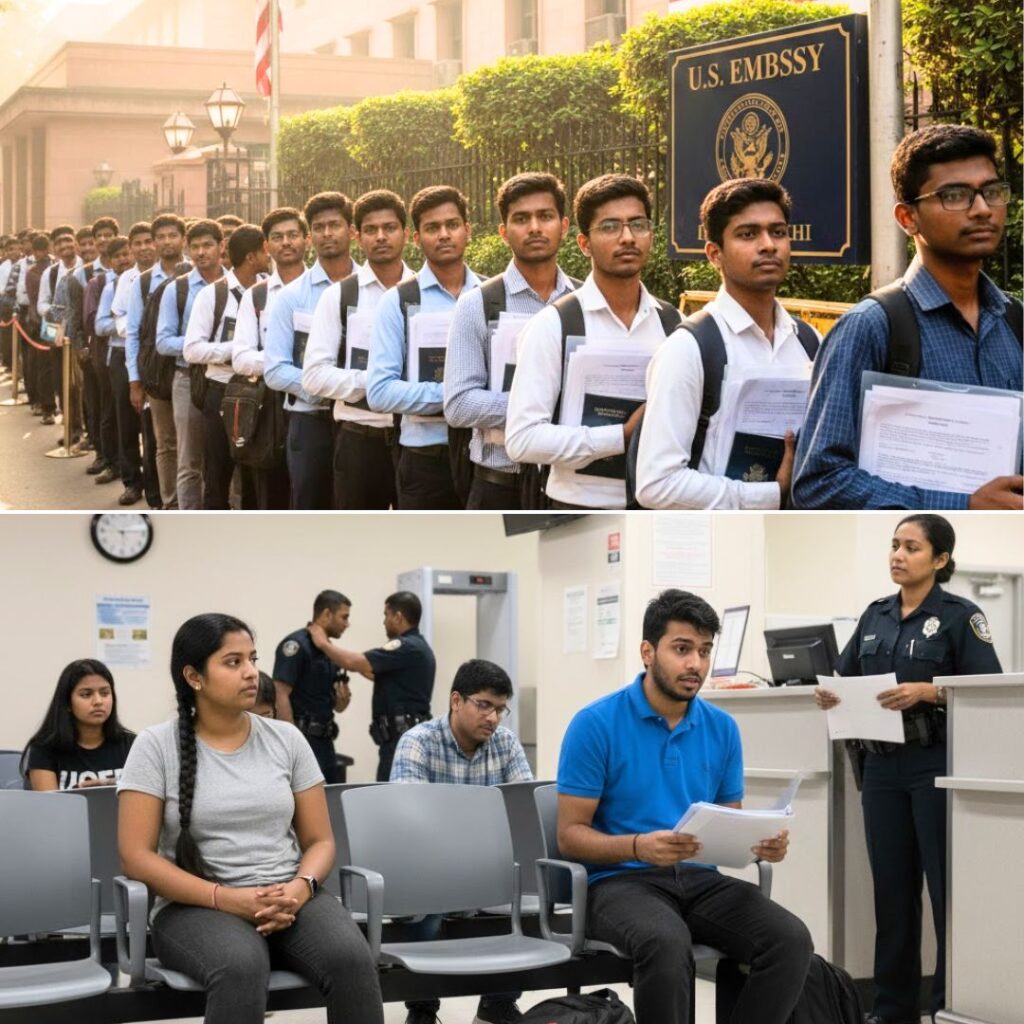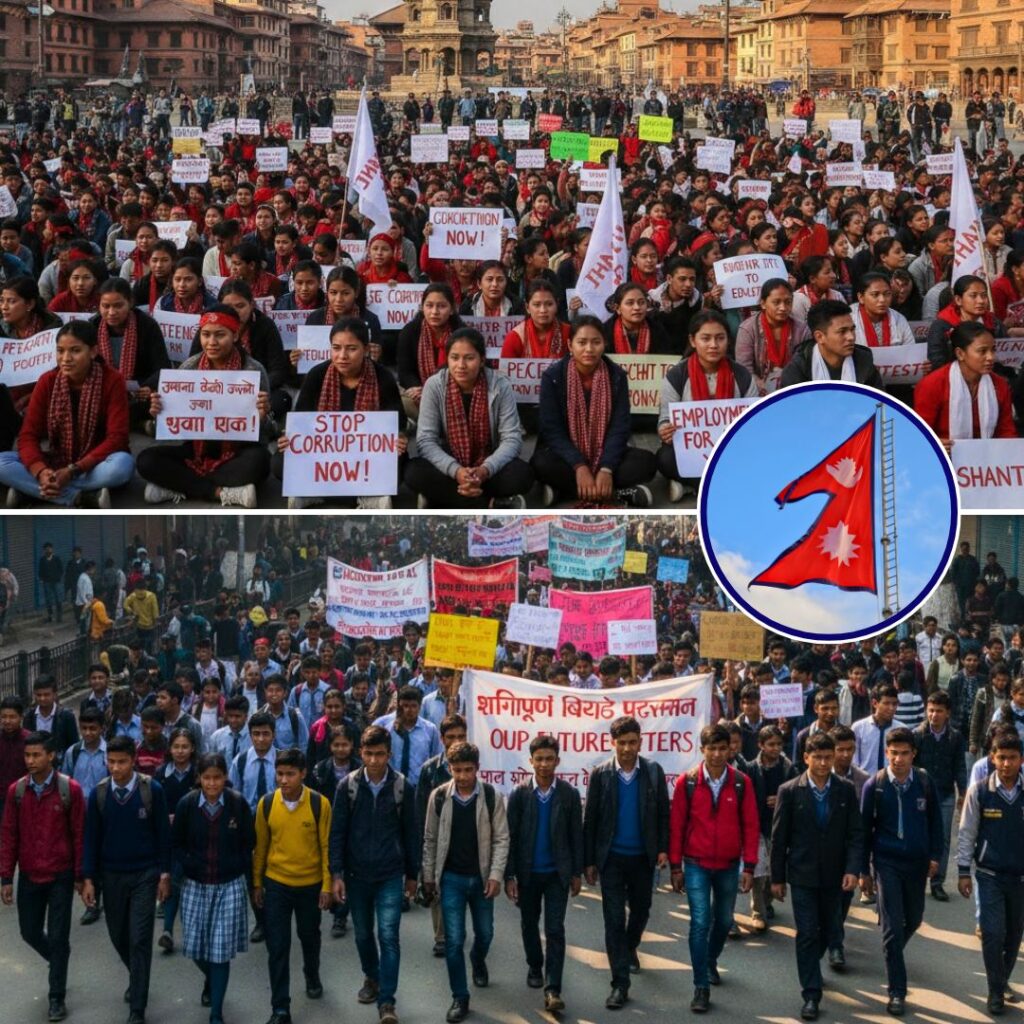In a recent report, which was also covered by The Logical Indian, the international NGO WaterAid stated that, “…[in India] as many as one billion [people] live in areas of physical water scarcity, of which 600 million are in areas of high to extreme water stress.” Karnataka is turning out to be a painful testimonial to the claim as a major portion of the state is already being supplied with water from tankers.
In its report on the situation, The News Minute stated data from the State Emergency Operations Centre, “…a total of 996 villages in 26 districts are being supplied drinking water through tankers as a relief measure. This is in addition to the 815 villages which are getting drinking water supply from 1000 private borewells hired by district authorities.”
This is not a new situation for Karnataka. According to the data from a 2017 report of Karnataka State Natural Disaster Monitoring Centre (KSNDMC), “nearly 60 percent of Karnataka was drought hit for 9-11 years between 2001-2015. There have been 3 years of severe and protracted droughts since 2015,” quoted Down-To-Earth.
The available relief measures are also limited and declining steadily over the years. GS Srinivas Reddy, the director of KSNDMC put it in perspective in a statement for The Times Of India, “Since, rainfall was less between September and February, several tanks across the state which provide drinking water to villages have already dried up and hundreds of borewells, including many in Bengaluru, may go dry in the next 2 months.” The report noted that reservoirs of large projects have 20-30 percent water remaining compared to the 30-40 percent same time last year. Down-To-Earth also noted that, “…80 percent of minor irrigation tanks dried up by December 2018… [as of] January 2019, 43 percent of Karnataka’s tanks have dried up and the remaining have water about 30 percent of their capacity.”
Karnataka is not the sole sufferer in this regard. It is a reflection of what many other states are going through and what the remaining states are prone to in the near future. It is a hard-hitting reminder of the exploitation that the natural environment has been subjected to and the implications it entails. The ‘future’ that we used to study about in school, where climate change and pollution would threaten the very existence of humans is the one that states like Karnataka, and by its extension, all of us, are living through right now.
The water management systems that the Indian states are practicing does not offer a promising picture for the future. NITI Aayog in its 2017 report, “Composite Water Management Index” put things in perspective by showing the results of a thorough analysis in a single image:

The implications are far-reaching. The report states that at present 600 million Indians face high to extreme water stress and almost 2 lakh people die annually because of inaccessibility to safe drinking water. “The crisis is going to get worse. By 2030, the country’s water demand is projected to rise to twice its supply capacity. This implies a severe water crisis for hundreds of millions of people and an eventual ~6% loss in the country’s GDP.”
All of this points to an imminent need to address the issue and ensure a systematic and sustainable distribution and usage of our limited water resources. Governments, Businesses, and Consumers alike have to practice sustainable actions on each of their parts to ensure that the threat is mitigated before it becomes an irreversible crisis.
Also Read: Satyamev Jayate Water Cup: This Is How The Paani Foundation Has Been Fighting Drought In Maharastra











